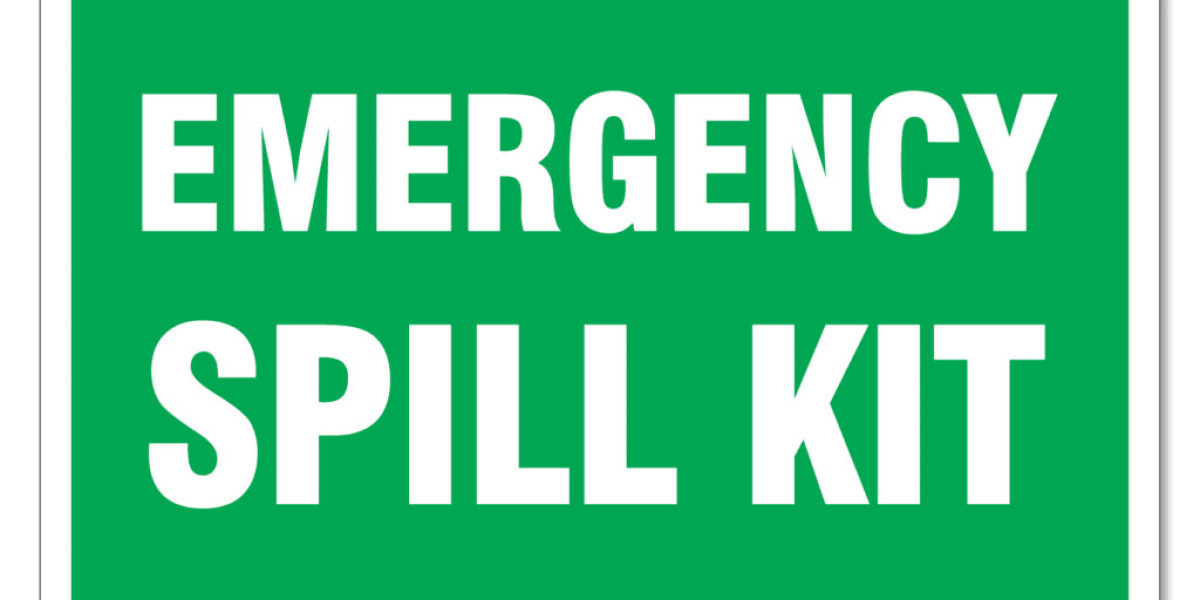Introduction
Peripheral Artery Disease (PAD) is a common yet often overlooked circulatory condition that affects millions of people worldwide. Despite being prevalent, it tends to go unnoticed in its early stages, silently increasing your risk of heart attack, stroke, and even limb loss if untreated. That’s why understanding Peripheral Artery Disease (PAD): Early Warning Signs You Shouldn't Ignore is so important—not just for early diagnosis, but for preventing serious health complications down the line. Early detection can make a world of difference. By recognizing the symptoms early and acting promptly, you can manage PAD effectively and live a healthy, active life.
What Is Peripheral Artery Disease (PAD)?
Peripheral Artery Disease is a condition that occurs when narrowed arteries reduce blood flow to the limbs, typically the legs. It is primarily caused by atherosclerosis, a buildup of plaque (fatty deposits) in the artery walls.
When this happens, blood can’t flow freely to your muscles and tissues. The reduced circulation leads to pain, numbness, and in severe cases, tissue death and amputation.
Why PAD Often Goes Undetected
Unlike chest pain in heart disease, PAD’s early signs may seem vague—just minor leg pain or fatigue. Many people dismiss them as signs of aging or overexertion.
That’s what makes Peripheral Artery Disease (PAD): Early Warning Signs You Shouldn't Ignore such a crucial topic. Identifying symptoms early can prevent PAD from progressing into a more dangerous form.
Who’s at Risk?
PAD can affect anyone, but certain factors increase the risk significantly:
Age 50 and above
Smoking (current or past)
Diabetes
High blood pressure
High cholesterol
Obesity
Family history of vascular disease
Sedentary lifestyle
If you have one or more of these risk factors, it's essential to be vigilant about the symptoms.
Early Warning Signs You Shouldn’t Ignore
Let’s take a close look at the early signs that often precede a diagnosis of PAD:
1. Leg Pain While Walking (Claudication)
Pain or cramping in your hips, thighs, or calves while walking or climbing stairs is a hallmark symptom. It usually disappears after rest. This happens because the muscles aren’t getting enough blood during activity.
2. Leg Numbness or Weakness
When the arteries are narrowed, your muscles may feel weak or numb, especially during movement.
3. Cold Feet or Legs
If one leg feels significantly colder than the other, it could be a sign of poor circulation caused by PAD.
4. Sores That Won’t Heal
Ulcers or sores on your feet or toes that don’t heal are a serious sign of advanced PAD and reduced blood flow. These may become infected or lead to gangrene if untreated.
5. Shiny Skin or Discoloration
You might notice your leg skin becoming shiny, thin, or changing color (pale or bluish). This reflects reduced oxygen supply to the skin.
6. Hair Loss on the Legs
Reduced blood flow can also affect hair growth, especially on your lower legs and feet.
7. Slower Toenail Growth or Brittle Nails
Another subtle but common symptom linked with poor circulation in PAD.
8. Weak or Absent Pulse in the Feet
Doctors often check for a strong pulse in the feet. If it's faint or missing, it might point to narrowed arteries.
Why Early Diagnosis Matters
Catching PAD in its early stages isn’t just about leg discomfort—it’s about saving your life. People with PAD have a higher risk of cardiovascular events like heart attacks and strokes.
Early intervention can restore circulation, prevent complications, and improve quality of life. The earlier you act, the less invasive the treatment.
How Is PAD Diagnosed?
If you suspect PAD, a vascular specialist or physician will likely recommend:
Ankle-Brachial Index (ABI): A non-invasive test comparing blood pressure in the ankle and arm.
Ultrasound: Checks for narrowed or blocked arteries.
Blood tests: To assess cholesterol, blood sugar, and inflammation levels.
Angiography: In advanced cases, doctors may use imaging with dye to see the arteries clearly.
Treatment Options for PAD
The treatment approach depends on how advanced the condition is. Here’s what you can expect:
1. Lifestyle Changes
Quit smoking (this is the #1 recommendation).
Adopt a heart-healthy diet.
Maintain a healthy weight.
Get regular exercise, especially walking.
2. Medications
Doctors may prescribe drugs to:
Lower blood pressure and cholesterol.
Prevent blood clots.
Relieve symptoms like leg pain.
3. Minimally Invasive Procedures
In more serious cases, procedures like angioplasty (using a balloon to open arteries) or stent placement may be necessary.
4. Surgery
Rarely, bypass surgery may be required to redirect blood around a blocked artery.
Living with PAD: Daily Tips
Managing PAD means staying committed to your health. Here are some everyday tips:
Stay active: Walking is medicine for PAD.
Check your feet daily: Watch for cuts or color changes.
Hydrate and eat well: Blood circulation improves with good nutrition.
Follow up regularly: Keep all doctor appointments and report any new symptoms.
When to See a Doctor
Don’t wait until the symptoms get worse. See a doctor if you notice:
Persistent leg pain with walking
Non-healing wounds
Changes in skin color or temperature
Weak or no pulse in the foot
Remember, the earlier you seek help, the better the outcome.
Conclusion
Peripheral Artery Disease (PAD) is more than just poor circulation—it’s a warning sign from your body. The early symptoms may seem harmless but can lead to serious complications if left untreated. Recognizing these early warning signs of PAD and taking action now can protect your heart, limbs, and life.
At FlowCare Vascular Center, we specialize in detecting and treating PAD with advanced, patient-centered care. Don’t ignore the signs—take the first step toward better vascular health today.






